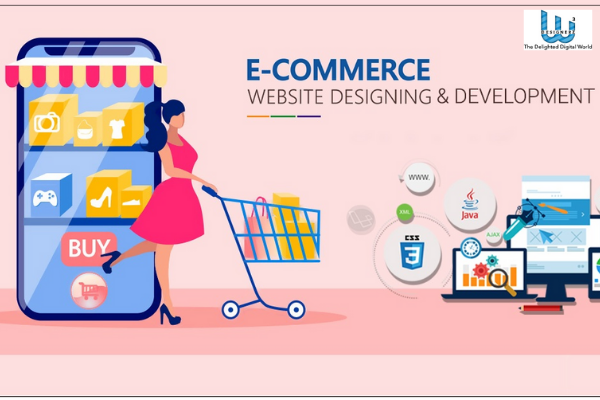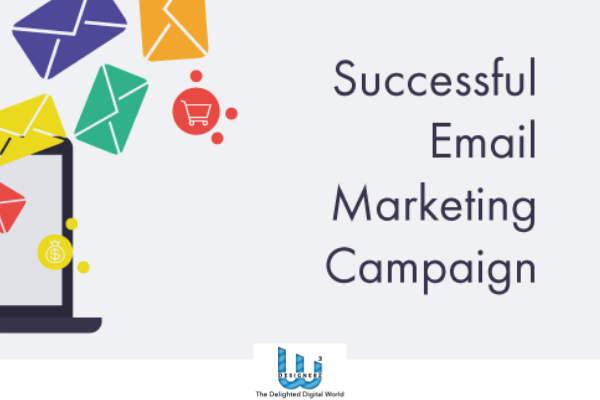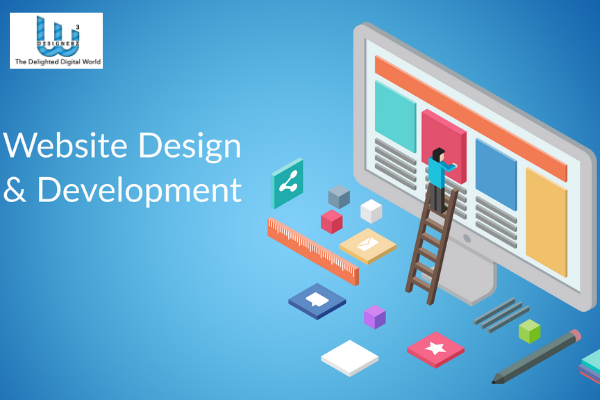No Odds With The Perfect Website Design & Development
In addition to the widely held belief that human beings are social beings interactions in groups have existed from the time of the caves. We also know that humans are profoundly influenced by aesthetic concerns. As a result, it can be stated that it is critical to create interfaces whether digital or physical for projects that are aesthetically appealing and well-solved.
However, this is insufficient due to the fact that digital initiatives and particularly e-commerce projects are replete with nuances that might make a significant difference in sales outcomes. It is necessary to use caution while selecting a Website Design & Development provider.
It was from this perspective that the notion of integrated design thinking evolved as a strategy rather than simply an ornament; the design was present in the conception, planning, and selection of technology. It is possible to be more forceful and objective while designing in accordance with a strategy since it focuses on the users, who are the most essential element of the project.
Credibility
To begin, two are three fundamental elements that we may pay attention to in order to generate positive experiences:
The mechanics are straightforward: in order to reach the public, you must design effective interfaces; in order to design effective interfaces, it is important to do research on the public and how it interacts with the interface. This is the starting point for developing more concrete tactics within the context of the project’s overall goal.
According to a Consumer Reportspoll, 48.1 percent of customers judge the trustworthiness of a website based on its aesthetic appearance, and 28.5 percent judge the credibility of a website based on the structure of the design and the material.
Usability
When a website has high usability, it increases the likelihood of it being a successful website since it makes the user experience memorable and intuitive. Once the many components of usability (learning, efficiency, remembering, errors, and satisfaction) are considered, it becomes clear that the user is constantly at the forefront of the conversation.
The most effective method to provide better solutions is to evaluate the context of usage, the intents of users, their wants, and their expectations.






